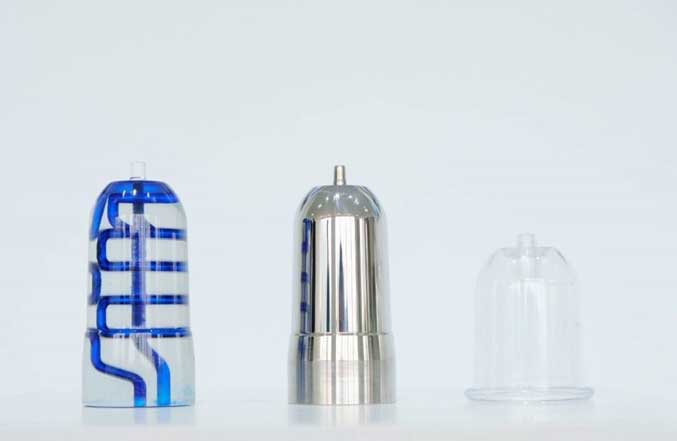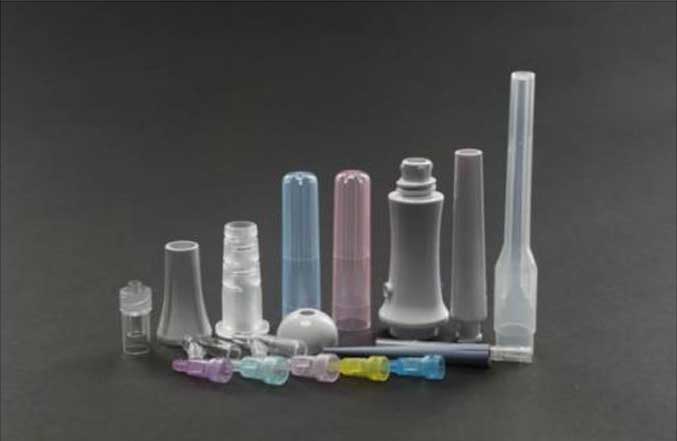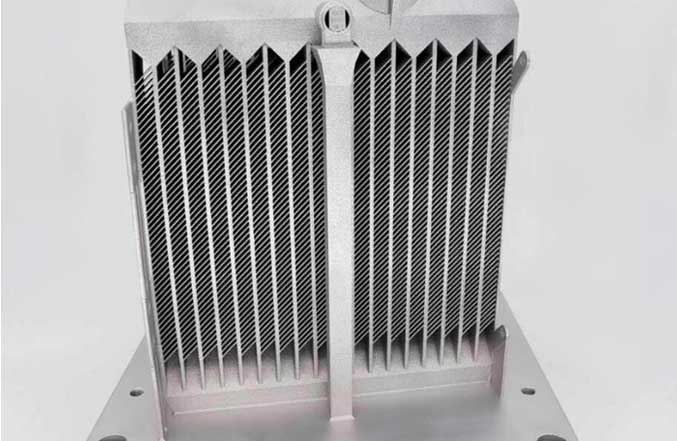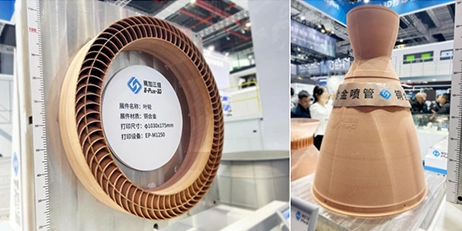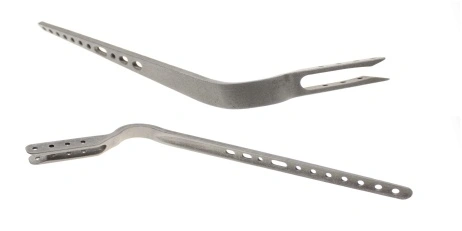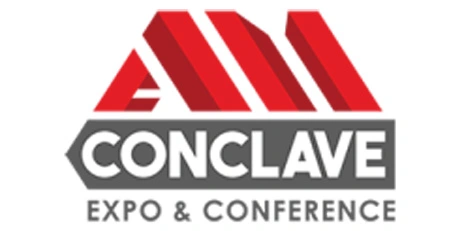In the 1980s, 3D printing technology has been applied in the aerospace industry. People began to discover more advantages of 3D printing in addition to rapid prototyping after small-scale production. With the development of metal 3D printing technology, aerospace is exploring how to achieve more efficient applications based on this technology. Typical metal additive manufacturing parts in aerospace manufacturing include spray can nozzles, turbines and frames, etc., which use powder bed fusion 3D printing technology. It solves the disadvantages of traditional processing materials and high time consumption, and metal printing materials can achieve a higher degree of corrosion fatigue resistance. At the same time, the characteristics of rapid prototyping also reduce the cost and cycle of maintaining various parts of the aircraft, thereby reducing the inventory of aviation materials. Metal 3D printing technology has brought huge energy and economic benefits to the manufacturing of the aviation industry, and its rapid development is an inevitable trend in the era of industrialization. Let's discuss how metal 3D printing can reduce manufacturing costs in the additive manufacturing in aerospace.

Frame printed by EP-M650

Tubine made by EP-M450
It is well known that the weight of parts on an aircraft has a significant impact on fuel consumption. The most direct way to reduce the weight of an aircraft is to use lighter high-performance materials. In the 21st century, scientists have developed more suitable 3D printing materials to replace forged aluminum for aircraft guide vanes. The material not only resists the high temperatures generated by high-speed operation, but is also highly chemically resistant to radiation. This innovative process has resulted in significant weight and money savings for the aerospace industry. Another way to reduce aircraft weight is to use lighter-weight component designs. 3D printing technology can complete complex design and manufacture with the least amount of material. This enables the aerospace industry to continuously explore more efficient designs to meet the demands of high-performance components.
Due to the difference in cooling rate, traditional subtractive technology has many barriers in the manufacture of large-scale parts, such as forging metal parts with thin-walled structures. Conditions of high pressure deformation often occur in the process and affect the overall performance. With the continuous development of the aviation industry, the demand for lightweight parts and reliability is increasing. The manufacture and maintenance of some complex materials and components cannot be met by traditional technologies. Fortunately, metal 3D printing is gradually solving this problem and expecting to develop better designs.
Eplus3D's metal 3D printing technology has developed many successful cooperations in the aviation field. Our equipment such as EP-M450, EP-M650, EP-M1250, etc. can meet the efficient manufacturing of complex large metal parts. In order to achieve efficient production and quality, our equipment uses multi-laser and precision control technology, which can print a variety of metal materials for direct manufacturing of large-scale metal structures.
Learn more about metal 3D printers for aviation industry:
EP-M450
EP-M650
EP-M1250
Welcome to contact us for your tailored metal additive manufacturing solutions in aerospace!




















